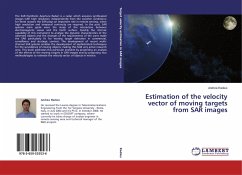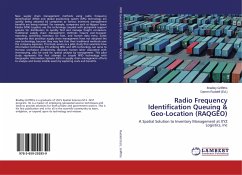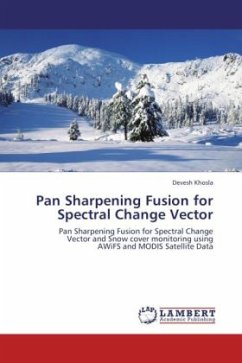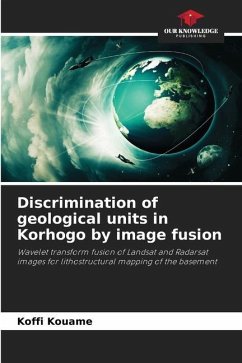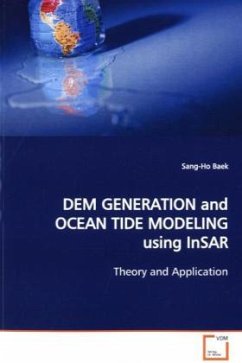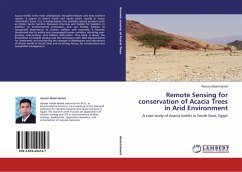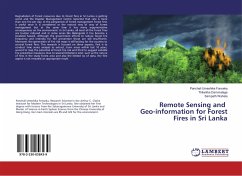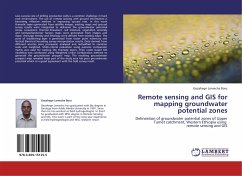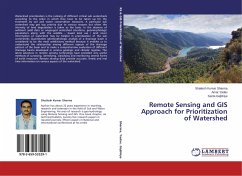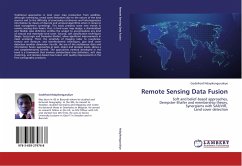
Remote Sensing Data Fusion
Soft and belief-based approaches, Dempster-Shafer and membership theory, Synergisms with SAR/VIR, Land cover detection
Versandkostenfrei!
Versandfertig in 6-10 Tagen
52,99 €
inkl. MwSt.

PAYBACK Punkte
26 °P sammeln!
Traditional approaches in land cover map production from satellites, although interesting, reveal some limitations due to the nature of the data sources and to the difficulty of processing continuous and heterogeneous information by means of discrete and univocal algorithms when it comes to mixel management (unmixing). This book presents some new trends in remote sensing data fusion. First, in land cover map design, a standardized and flexible class definition entitles the analyst to accommodate any kind of natural and manmade land cover. Second, soft classification techniques (Bayes, fuzzy lo...
Traditional approaches in land cover map production from satellites, although interesting, reveal some limitations due to the nature of the data sources and to the difficulty of processing continuous and heterogeneous information by means of discrete and univocal algorithms when it comes to mixel management (unmixing). This book presents some new trends in remote sensing data fusion. First, in land cover map design, a standardized and flexible class definition entitles the analyst to accommodate any kind of natural and manmade land cover. Second, soft classification techniques (Bayes, fuzzy logic and Dempster-Shafer), allow significant improvements in mixel unmixing. Third, the sensitivity of imaging radar to roughness, texture and moisture, and interferometric techniques, give land cover detection another dimension. Fourth, the use of the multisensor data and information fusion approaches at pixel, object and decision levels, allows a real complementarity benefit. The approachesmethod developed in the book is a framework that involves standardized class definition, soft class clustering, and decision-based class fusion with quality improvements in the final cartographic products.




